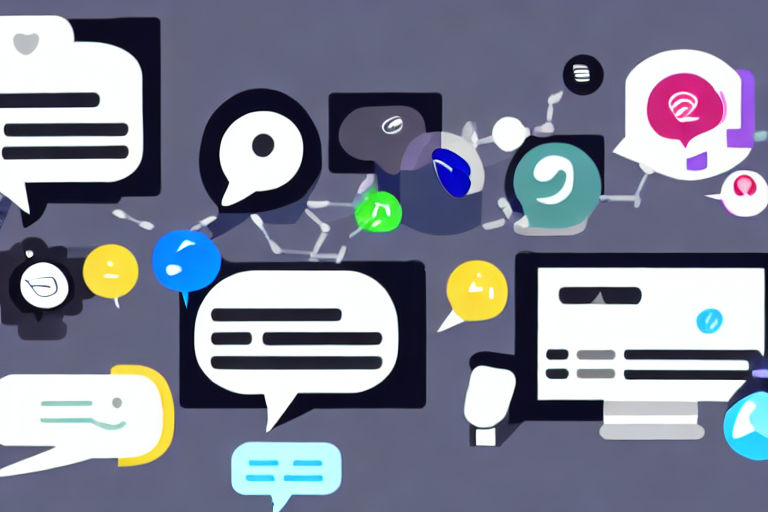Evaluating Chatbot Metrics: How to Measure and Optimize Performance.
Chatbots have become an integral part of the customer experience strategy for many businesses. They can save time and resources, and provide customers with quick and convenient support. However, to truly benefit from a chatbot, businesses must regularly evaluate and optimize their performance. In this article, we’ll take a look at how to measure and optimize chatbot metrics.
Measuring Chatbot Metrics
Before you can optimize your chatbot’s performance, you need to know what metrics to measure. Here are several key chatbot metrics to keep in mind:
1. Response Time
Response time measures the time it takes for a chatbot to respond to a customer’s message. Customers expect quick responses, so it’s important to keep this metric as low as possible.
2. Conversation Completion
Conversation completion measures whether the chatbot was able to successfully complete the customer’s request. If the chatbot was not able to assist the customer, this metric will be low.
3. Customer Satisfaction
Customer satisfaction measures how happy customers are with the chatbot’s performance. This metric is crucial, as it determines whether customers will continue to use the chatbot in the future.
4. Engagement
Engagement measures how often customers are using the chatbot. High engagement indicates that customers are finding the chatbot useful and valuable.
Optimizing Chatbot Metrics
Once you’ve identified the metrics to measure, it’s time to optimize them. Here are a few steps to take:
1. Analyze the Data
First, analyze the data you’ve collected on each metric. Identify any patterns or trends that could help you understand why certain metrics are high, low, or plateaued.
2. Identify Areas for Improvement
Next, identify specific areas where you can improve your chatbot’s performance. For example, if response time is consistently high, you may need to optimize your chatbot’s natural language processing capabilities.
3. Take Action
With a clear understanding of what needs to be improved, take action. Implement changes to your chatbot’s programming, and track how the changes affect the different metrics.
4. Analyze Again
After implementing changes, analyze the data again. Determine whether the changes had a positive impact on the metrics you’re measuring. If not, go back to the drawing board and try again.
Conclusion
Evaluating chatbot metrics is crucial for optimizing your chatbot’s performance. By measuring response time, conversation completion, customer satisfaction, and engagement, you can identify areas for improvement and take action to make your chatbot even more valuable to customers. Remember to analyze the data, identify specific areas for improvement, take action, and analyze again. With the right approach, you can ensure that your chatbot is meeting the needs of your customers and your business.



